From April 10 to 11, 2025, the “25th International Congress of Ophthalmology” and “25th International Congress of Optometry” (COOC 2025) were held at the Shanghai International Convention and Exhibition Center.
As a premier event for ophthalmology and optometry, COOC established a comprehensive platform integrating achievements, academic exchange, and industrial collaboration. It deeply decoded industry trends, technological innovations, and market dynamics, driving cross-sector integration and ecosystem upgrades in eye care.
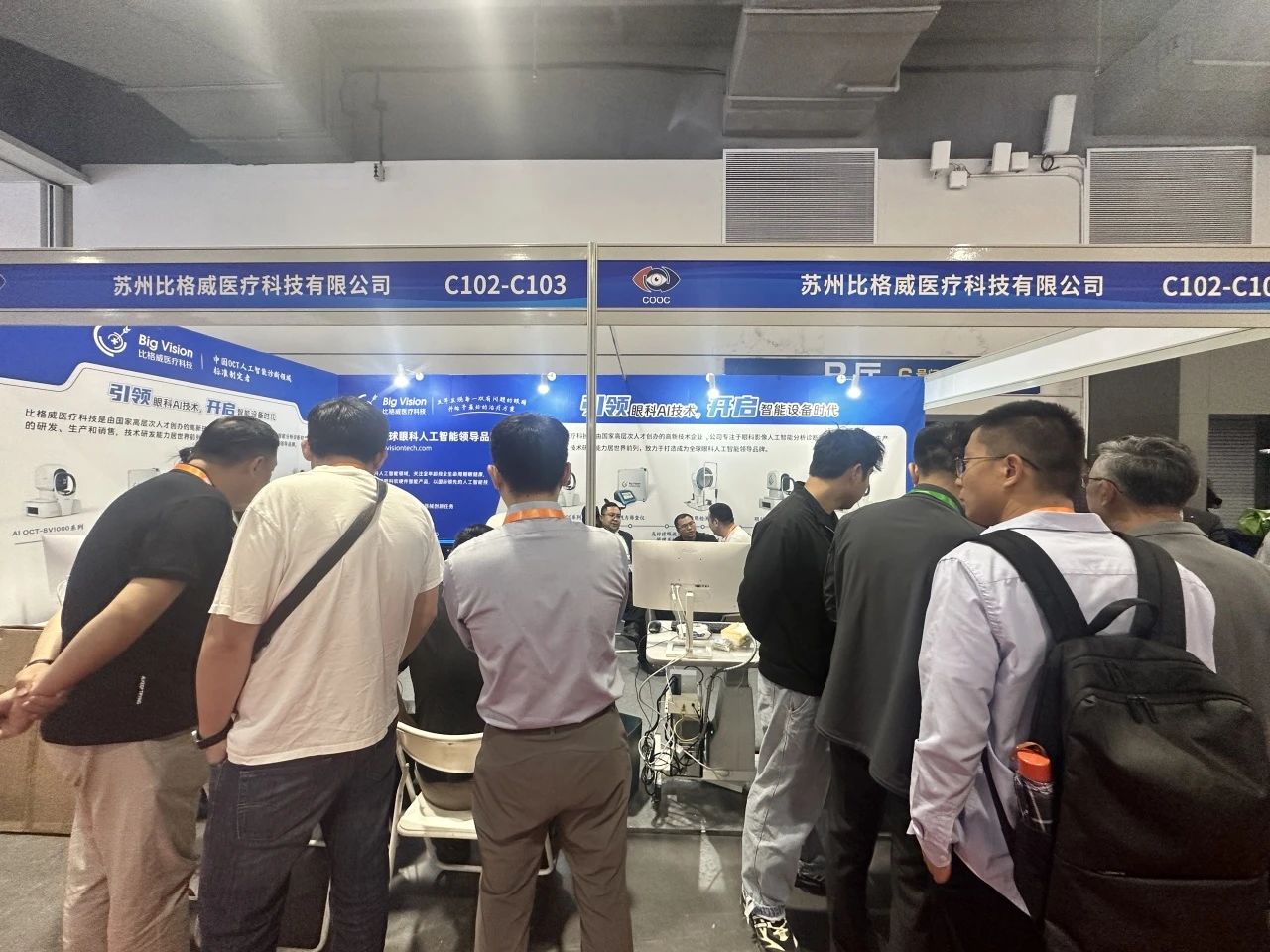
在会议上,BigVision Medical 展示了其突破性的 AI 眼科产品组合,包括全自动 AI OCT 设备、超宽场眼底相机、干眼探测器、生物识别仪器和视力筛查仪。这些产品展示了该公司在 AI 驱动的眼部护理方面的尖端技术进步。
The exhibits attracted significant attention from international clients, with ophthalmologists, healthcare representatives, and partners from Europe, America, Southeast Asia, and the Middle East visiting the booth. After experiencing the products’ functionalities, they praised BigVision’s fully automated operations, precise data analysis, and clinical adaptability. Particular interest was shown in the AI-assisted diagnostic system of the automated OCT and the multimodal imaging technology of the ultra-widefield fundus camera, with some institutions expressing preliminary cooperation intentions. This highlights BigVision’s innovative competitiveness in the global market.
BigVision’s fully automated AI OCT features automated pupil alignment, focusing, and voice-guided instructions for a user-friendly experience. Its industry-leading AI diagnostic system accurately identifies over 20 specific fundus disease patterns, surpassing traditional OCT devices in early lesion detection. Smart quantitative analysis provides objective data for monitoring and personalized treatment of chronic conditions like diabetic retinopathy, making it ideal for large-scale screenings in primary care and communities.
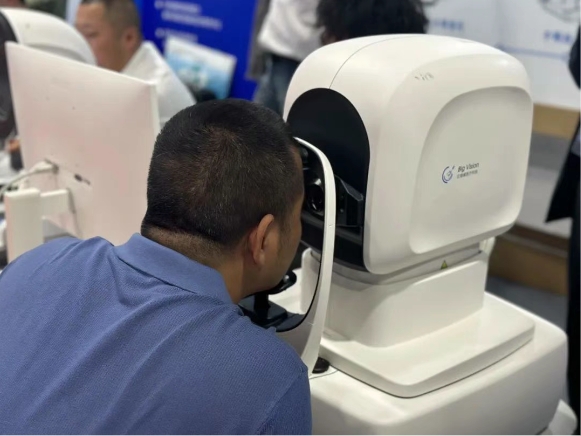
The ultra-widefield fundus camera delivers ultra-high-definition, panoramic imaging covering the entire retina. With laser color, infrared, red-free, autofluorescence, and angiography modes, it captures micron-level vascular and structural details. The built-in AI system quantifies key retinal indicators and identifies early subtle lesions, supporting comprehensive diagnosis from vascular assessment to peripheral retinal pathologies.
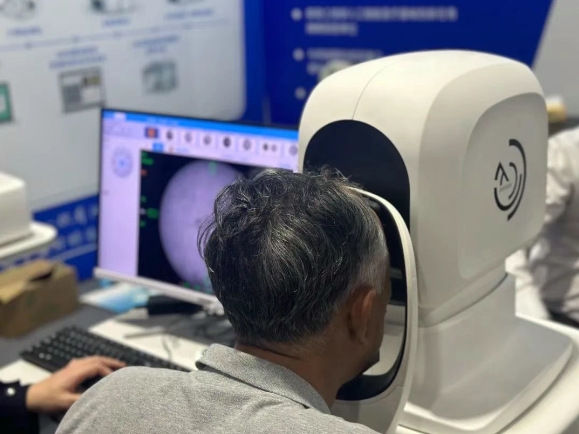
The dry eye detector simplifies operations with automated light source/magnification switching and left/right eye recognition. It provides one-stop analysis of tear meniscus height, tear film breakup time, blink rate, meibomian gland morphology, eyelid margins, ocular redness, lipid layer quality, and corneal staining. The system generates comparative diagnostic reports with historical data, enabling objective tracking of treatment efficacy.
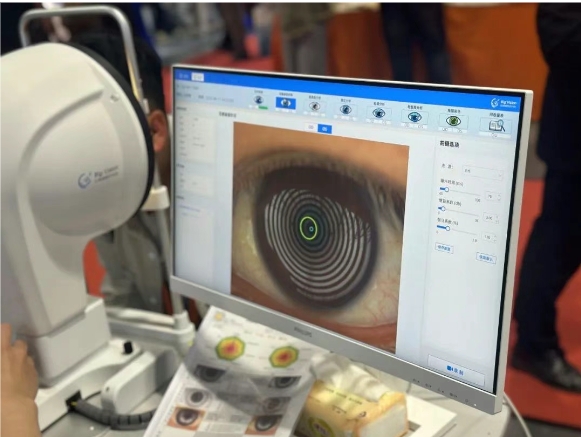
The biometric instrument integrates OCT functionality for precise, dynamic eye axis measurements in myopia management. Real-time choroidal thickness tracking and macular lesion identification, combined with multidimensional biometric analysis, support refractive development assessments and fundus health monitoring.
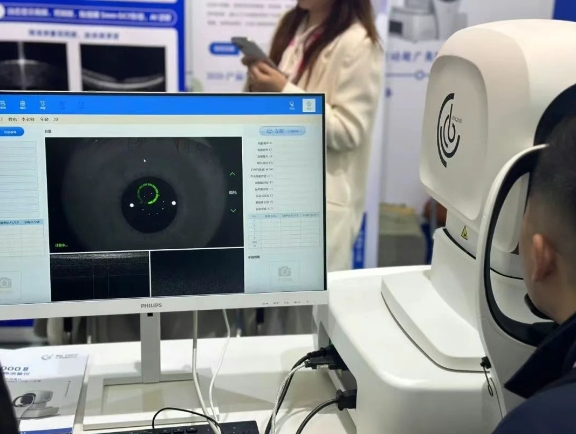
Designed for multi-scenario screening, the vision screener connects to cloud data platforms. Its portable design meets hospital, school, and community screening needs, rapidly generating intuitive refractive error reports to facilitate large-scale vision health monitoring and early intervention.

Driven by innovation, BigVision Medical has filled multiple gaps in China’s AI ophthalmology field. Its “AI+full automation” synergy builds an end-to-end disease management ecosystem covering screening, diagnosis, treatment, and follow-up. Addressing China’s large patient population and uneven resource distribution, BigVision is promoting accessible, high-quality eye care services.
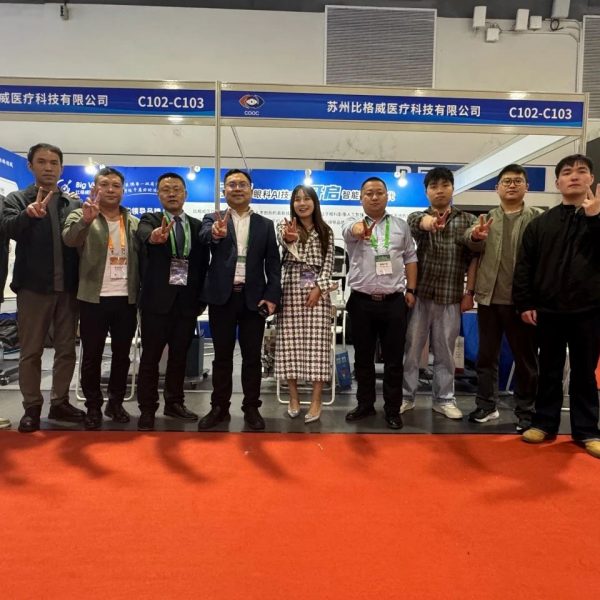
While deepening its domestic presence, BigVision is advancing its global strategy, leveraging advanced AI to establish an international ophthalmic collaboration network. Through conferences and localized solutions with global partners, the company is transforming China’s original AI technology into shared global resources. This “research-translation-output” closed-loop model not only enhances diagnostic capabilities in developing regions but also positions Chinese innovation prominently in the global eye health governance system.


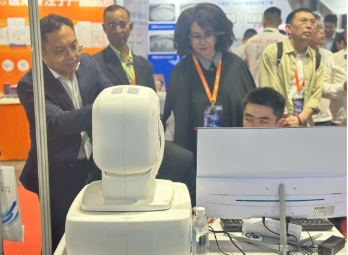
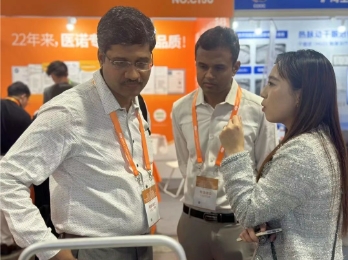
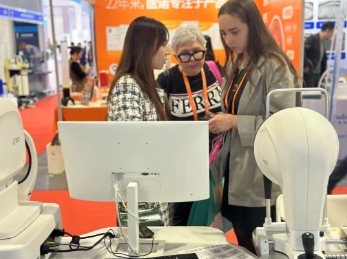
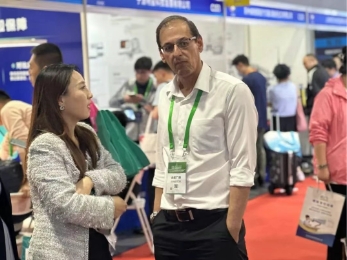

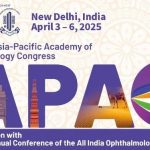
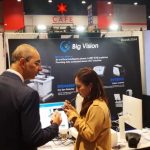



No comments yet.